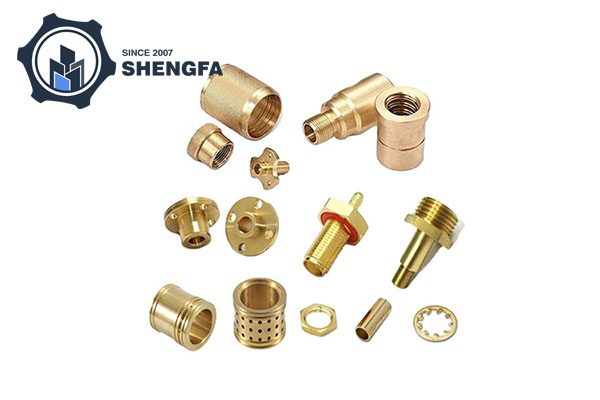Investment Casting Parts: Precision Engineering for Complex Needs
2025-04-09
In the world of metal manufacturing, accuracy and complexity often go hand in hand. For industries that require detailed components with tight tolerances and a smooth surface finish, investment casting parts offer the perfect solution. This manufacturing process, also known as lost-wax casting, has been used for centuries and continues to evolve with modern technology to meet the demands of today’s most advanced industries.
What Are Investment Casting Parts?
Investment casting parts are metal components produced through a detailed and precise casting process. It begins with creating a wax model of the part, which is then coated in a ceramic shell. Once the shell hardens, the wax is melted away, leaving a hollow mold. Molten metal is then poured into this mold to form the final part. After cooling, the ceramic shell is removed, revealing a highly accurate and detailed metal component.
Why Choose Investment Casting?
One of the most notable advantages of investment casting is the ability to produce parts with intricate shapes and fine details that would be difficult or impossible to achieve with other methods. This process is ideal for complex designs and parts that require high dimensional accuracy. It also offers excellent surface finishes, often reducing or eliminating the need for additional machining.
Another benefit is material versatility. A wide range of metals and alloys can be used in investment casting, including stainless steel, carbon steel, aluminum, brass, and nickel-based alloys. This makes it a preferred method across industries where specific material properties are essential.
Applications Across Industries
Investment casting parts are widely used in sectors such as aerospace, automotive, military, marine, oil and gas, and medical devices. These parts can range from turbine blades and engine components to surgical instruments and custom machine elements. The process supports both small and large production runs, making it a flexible choice for both prototypes and mass production.
The Value of Precision and Efficiency
What sets investment casting apart is its ability to minimize material waste while maximizing design freedom. Since parts can be cast near net shape, less machining is required, saving both time and cost in production. The consistency of investment casting also helps maintain tight tolerances from one part to the next, which is critical in applications where performance and reliability are non-negotiable.
Continuous Innovation
Modern investment casting continues to benefit from advancements in wax modeling, ceramic mold materials, and temperature control. With the integration of digital design tools and 3D printing technology, more complex and precise wax patterns can be created, pushing the limits of what is possible in metal casting.
Conclusion
Investment casting parts represent the perfect balance of craftsmanship and modern engineering. Whether it’s a high-performance turbine blade or a small custom component, this process delivers superior quality and detail. For manufacturers seeking a reliable method to produce intricate metal parts with minimal waste and maximum accuracy, investment casting remains one of the most trusted and effective solutions in the industry.



